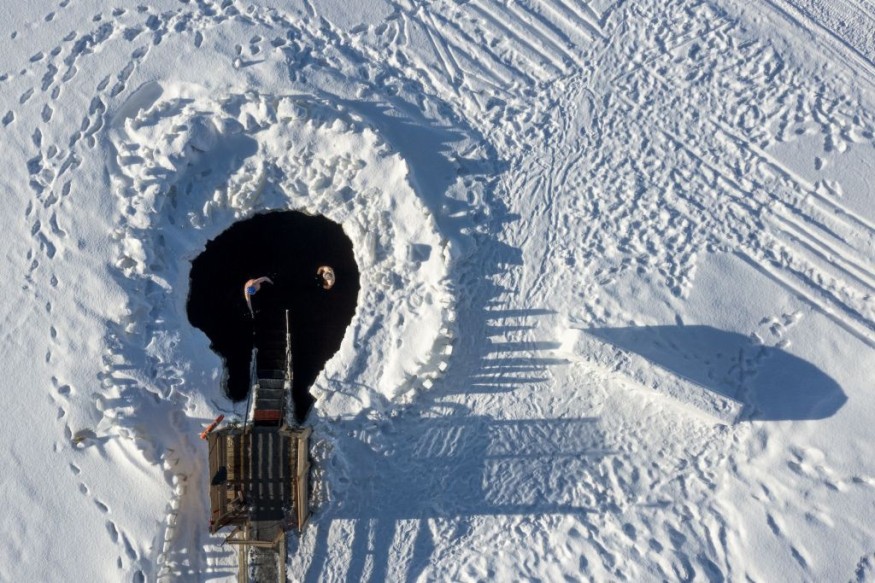Giant viruses infecting microscopic algae have been found in a marine ecosystem in the Arctic Ocean, according to a new study led by scientists in Canada. The pathogens are said to be thriving in the Milne Fiord in Neige Bay. However, rising temperatures are endangering the rare lake and its newfound ecosystem.
Algae-Infecting Giant Viruses

The findings about the discovery were published in the journal Applied and Environmental Microbiology on August 25, where scientists focused their gaze at Milne Fiord, located along the coastal margin of the Last Ice Area in the High Arctic, north of Canada. The site harbors the epishelf lake, a rare type of ice-dependent ecosystem where a layer of freshwater overlies marine water connected to the open ocean.
The study found that the microbe-dominated ecosystem is facing a catastrophic dilemma because of the deterioration of its ice environment in connection with global warming and climate change. In addition, the researchers found the viral community in the freshwater is richer than the community in its underlying seawater.
Drilling and DNA Sequencing
By drilling through the frozen ice above, the research team conduced DNA sequencing in the floating epishelf Arctic lake, where they found a variety of viruses, including a group of giant viruses called Megaviricetes. The said colossal viruses have been reported to be several times larger than normal viruses and is as large as a bacterium.
One of the general characteristics of viruses is that they are smaller even than the smallest bacterium and carry only a few genes to help them multiply, according to co-author Mary Thaler, a microbiologist at the Laval University in Quebec, Canada, as cited by Live Science.
Yet, scientists have discovered in the past 20 years that giant viruses are relatively similar with bacteria in terms of size and with genomes that could potentially contain interesting genes, Thaler adds.
What is an Epishelf Lake?
An epishelf lake is formed sometimes when a floating ice shelf block the mouth of a fjord, creating the unique type of lake, where freshwater from the ice shelf and any water sources draining from the land are trapped behind the ice shelf, according to AntarcticGlaciers.org.
In general, the rare arctic lake is sandwiched between an ice from above and saltwater from below. Since freshwater is less dense than marine water, the former is floating over the latter.
In particular, epishelf lakes form in areas where meltwater runoff from land is trapped inside a fjord or bay behind a floating ice shelf, according to Water and Ice Research Laboratory (WIRL) of Carleton University in Ottawa, Ontario.
The Canadian university also acknowledged that the special lake can exist for centuries and host marine organisms by creating the rare and dynamic ecosystem.
In line with the new study, the authors are reportedly hoping to learn and understand more about the ecosystem in the future, but are on the race against time due to the rising temperatures that can destroy the ice dam holding the epishelf lakes.
Related Article: Unforgiving Climate Change: Even Arctic Lakes are Drying Up
© 2026 NatureWorldNews.com All rights reserved. Do not reproduce without permission.





